Giáo án điện tử Unit 9: Protecting the environment | Bài giảng PPT Tiếng Anh 10 Global Success
Với Giáo án PPT Unit 9: Protecting the environment Tiếng Anh 10 sách Global Success sẽ giúp thầy cô dễ dàng biên soạn và giảng dạy bằng giáo án điện tử hay POWERPOINT Unit 9: Protecting the environment.
Chỉ từ 400k mua trọn bộ Giáo án Tiếng Anh 10 Global Success bản PPT đẹp mắt (Chỉ 70k cho 1 bài giảng bất kì):
B1: Gửi phí vào tài khoản 0711000255837 - NGUYEN THANH TUYEN - Ngân hàng Vietcombank (QR)
B2: Nhắn tin tới zalo Vietjack Official - nhấn vào đây để thông báo và nhận giáo án.
Xem thử tài liệu tại đây: Link tài liệu
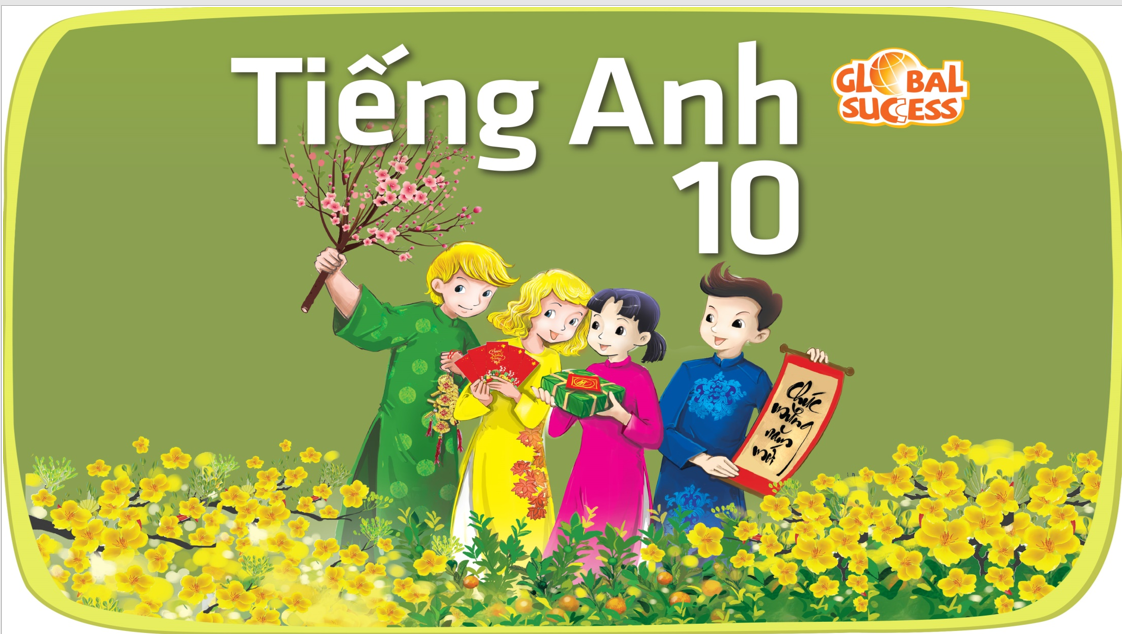
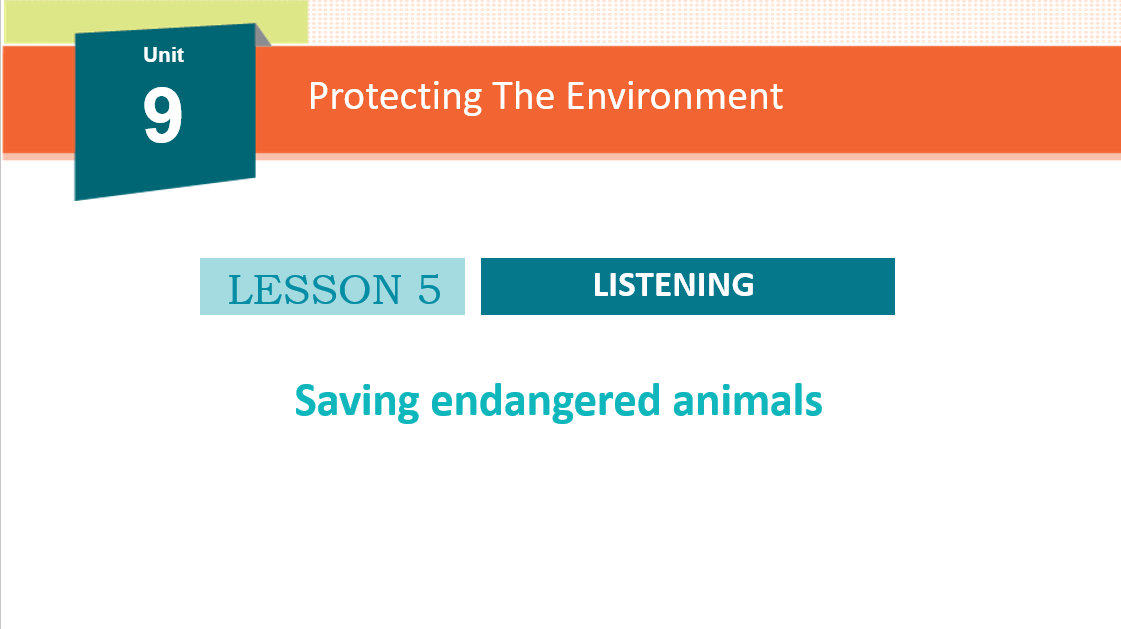
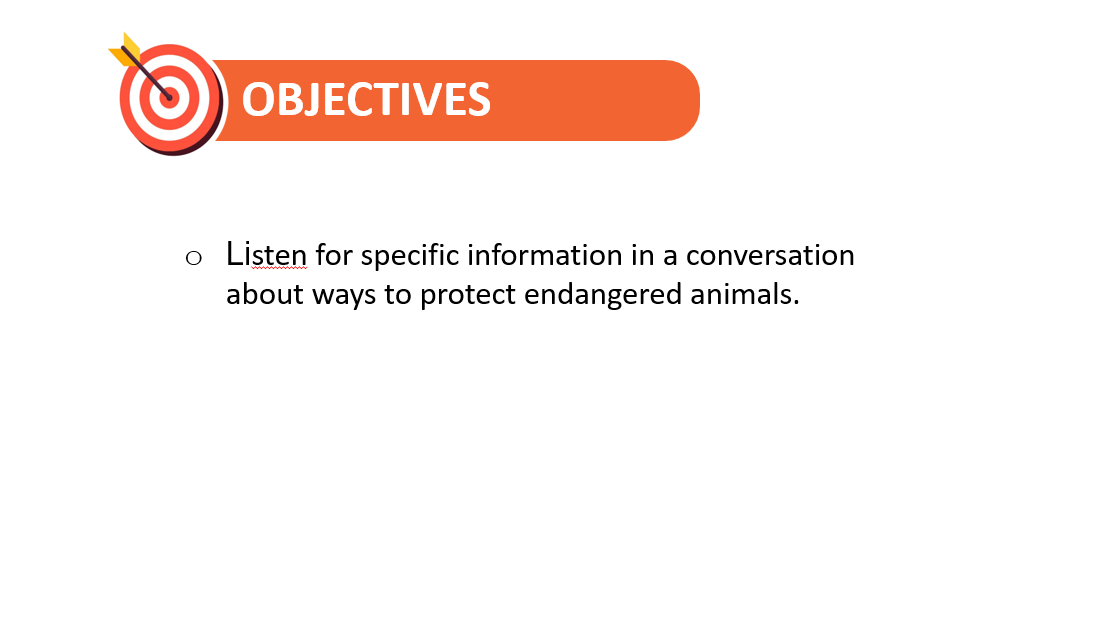
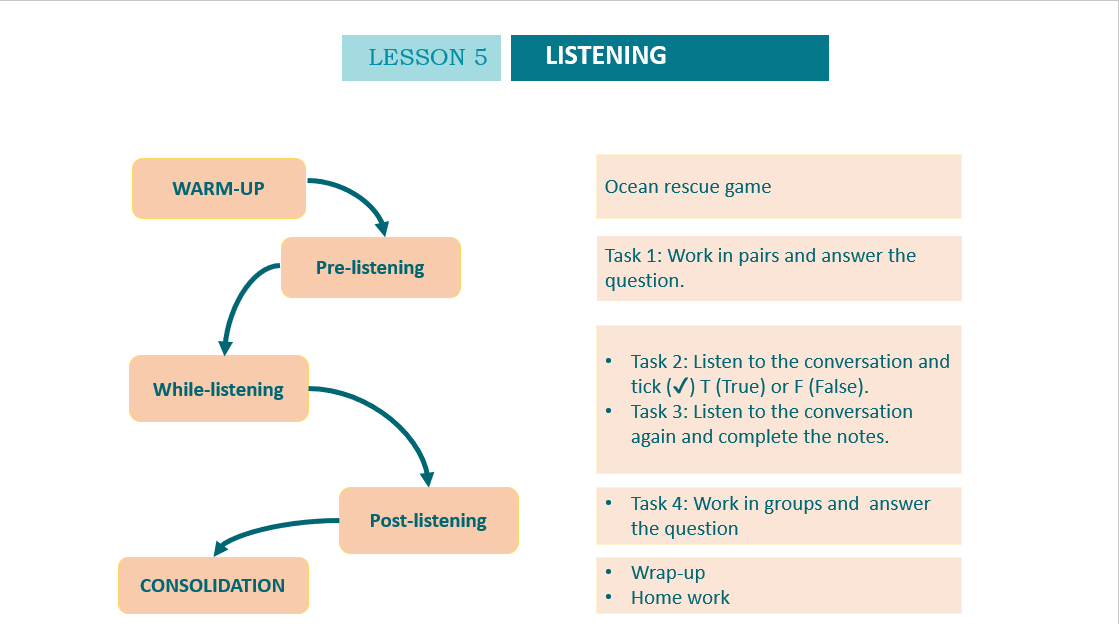
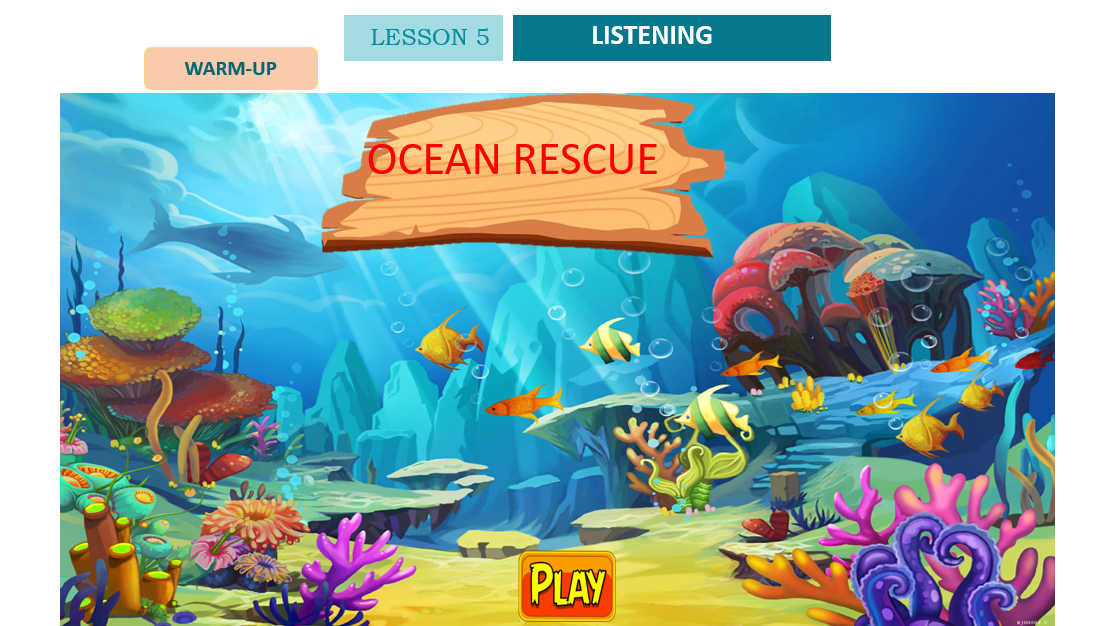 Tài liệu có 8 phần nhỏ: Getting Started, Language, Reading, Speaking, Listening, Writing, Communication and Culture, Looking back and Project trên đây trình bày tóm tắt 5 trang đầu của Giáo án POWERPOINT Unit 9: Protecting the environment Tiếng Anh 10 Global Success.
Tài liệu có 8 phần nhỏ: Getting Started, Language, Reading, Speaking, Listening, Writing, Communication and Culture, Looking back and Project trên đây trình bày tóm tắt 5 trang đầu của Giáo án POWERPOINT Unit 9: Protecting the environment Tiếng Anh 10 Global Success.
Giáo án Tiếng anh 10 Unit 9 (Global Success): Protecting the environment
Lesson 1: Getting started – A Presentation On The Environment
I. OBJECTIVES
By the end of this lesson, Ss will be able to gain:
1. Knowledge
- Gain an overview about the topic Protecting the Environment;
- Build vocabulary about the environment and identify the reported speech with statements and questions.
2. Core competence
- Develop communication skills;
- Be collaborative and supportive in pair work and team work;
- Actively join in class activities.
3. Personal qualities
- Raise awareness of environmental problems and solutions;
- Promote environmental protection.
II. MATERIALS
- Grade 10 textbook, Unit 9, Getting started
- Computer connected to the Internet
- Projector/ TV/ pictures and cards
- sachmem.vn
Language analysis
|
Form |
Pronunciation |
Meaning |
Vietnamese equivalent |
|
1. identify (v) |
/aɪˈdentɪfaɪ/ |
recognize a problem and show that it exists |
nhận biết, nhận diện |
|
2. deforestation (n) |
/ˌdiːˌfɒrɪˈsteɪʃn/
|
the cutting down or the destruction of |
sự chặt phá rừng |
|
3. endangered (a) |
/ɪnˈdeɪndʒəd/ |
in danger of being harmed, lost, unsuccessful, etc. |
có nguy cơ tuyệt chủng |
Assumptions
|
Anticipated difficulties |
Solutions |
|
- Students may not know the environmental problems and solutions. - Students may not know how to make an effective presentation on environmental protection. |
- Use a mind map and images of some major environmental issues and solutions to show in the class. - Give short, clear instructions and help if necessary. |
Board Plan
|
Date of teaching Unit 9: PROTECTING THE ENVIRONMENT Lesson 1: Getting started – A Presentation on the Environment
* Warm-up Crossword Task 1: Listen and read. Task 2: Read the conversation again and answer the following questions. Task 3: Match the words in A with the words in B. Task 4: Complete the sentences. Task 5: Role-play * Homework |
III. PROCEDURES
Notes:
In each activity, each step will be represented as following
* Deliver the task
** Implement the task
*** Discuss
**** Give comments or feedback
|
Stage |
Stage aim |
Procedure |
|
WARM-UP |
- To activate students’ knowledge on the topic of the unit. - To create a lively atmosphere in the classroom. - To lead into the new unit.
|
CROSSWORD * T gives instructions ** Ss do the crossword puzzle individually, choose a number and give your answer. *** Ss can ask T for more clues or consult their classmates if they don’t know the answers. **** T checks and corrects if Ss spell or pronounce the words incorrectly. T decides on the winner who is the first to give the correct key word ENVIRONMENT. - T leads in the lesson: Environmental protection is the practice of protecting the natural environment by individuals, organizations and governments. Its objectives are to conserve natural resources and the existing natural environment and, where possible, to repair damage and reverse trends. As students, at your age, you can take some simple actions to help save the environment effectively. - T shows the mind map and briefs students on some key points of environmental problems, solutions and practical actions. |
|
PRESENTATION |
- To get students interested in the topic. - To get students to learn some vocabulary to be learnt in the unit. |
TASK 1. LISTEN AND READ (P.100) * T draws Ss’ attention to the conversation between Nam and his father. T plays the recording twice, has Ss listen to the conversation, read along and underline words and phrases in the conversation which are related to the environment. ** Ss do the task individually. *** Ss compare the words and phrases they have underlined and discuss their meaning with a partner. **** T checks their answers with the whole class.
* T has Ss read the conversation in pairs. ** Ss read the conversation *** One pair read aloud. **** T collects common mistakes and gives comments. |
|
PRACTICE |
- To practise reading for specific information. - To practise scanning. - To develop Ss' knowledge of vocabulary for the topic protecting the environment. |
TASK 2: READ THE CONVERSATION AGAIN AND ANSWER THE FOLLOWING QUESTIONS. (P.101) * T asks Ss to work individually to read the questions and underline the key words, then share their ideas with a partner who sits next to them. ** Ss do Task 2 individually first. *** Ss share and discuss with their partners about the key words. **** T corrects their answers as a class. 1. What did Nam’s teacher ask him to do? 2. What has Nam come up with so far? 3. When does Nam have to deliver the presentation? * T asks Ss to scan the conversation, locate the key words to find the answer for each question with the partner who sits behind them. ** Ss do the task in pairs. **** T have Ss share answers with the class and confirm the correct answer. Key: 1. She asked Nam to do some research on environmental protection. 2. He’s come up with a range of environmental issues. 3. Nam has to deliver the presentation next week. |
|
- To help Ss revise collocations for the environment. - To practise scanning. |
TASK 3: MATCH THE WORDS IN A WITH THE WORDS IN B TO FORM PHRASES IN 1. (P.101) * T has Ss locate the verbs or phrasal verbs in the conversation, find the nouns or noun phrases after each verb/ phrasal verb to do the matching. ** Ss work individually. *** Ss share their answers with a partner. **** T checks and gives the correct answers with the whole class, has them say the meaning of each collocation.
* T checks Ss’ understanding of the individual words (adjectives in column A and nouns in column B). T can do that by asking Ss for synonyms or simple explanations, e.g. Does ‘global’ mean affecting one country only? (No, it means affecting or including the whole world.) or for example sentences, e.g. The global ‘economy’ is affected by the pandemic. ** T has Ss read the conversation quickly again, find these words and phrases, and underline them. Then T asks Ss to do the matching. *** Ss share their answers in groups of 4. **** T checks answers as a class, writes the adjectives on the board and calls on individual Ss to write the correct noun next to each adjective. Alternatively, T asks one student to read an adjective and another one to say the noun that goes with it. Key: 1-d: global warming 2-c: practical actions 3-b: environmental issues 4-a: endangered animals |
………………………………………….
………………………………………….
………………………………………….
Xem trước và mua tài liệu:
Xem thêm các chương trình khác:
- Giáo án Toán 10 Chân trời sáng tạo năm 2024 (mới nhất)
- Giáo án Hóa 10 Chân trời sáng tạo năm 2024 (mới nhất)
- Giáo án Vật lí 10 Chân trời sáng tạo năm 2024 (mới nhất)
- Giáo án Sinh học 10 Chân trời sáng tạo năm 2024 (mới nhất)
- Giáo án Lịch sử 10 Chân trời sáng tạo năm 2024 (mới nhất)
- Giáo án Tiếng Anh 10 Friends Global năm 2024 (mới nhất)
- Giáo án Ngữ Văn 10 Chân trời sáng tạo (mới nhất)
- Giáo án Toán 10 Cánh diều năm 2024 (mới nhất)
- Giáo án Hóa 10 Cánh diều năm 2024 (mới nhất)
- Giáo án Vật lí 10 Cánh diều năm 2024 (mới nhất)
- Giáo án Sinh học 10 Cánh diều năm 2024 (mới nhất)
- Giáo án Lịch sử 10 Cánh diều năm 2024 (mới nhất)
- Giáo án Địa lí 10 Cánh diều năm 2024 (mới nhất)
- Giáo án Tin học 10 Cánh diều năm 2024 (mới nhất)
